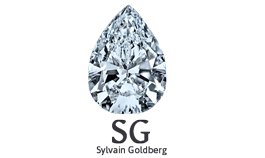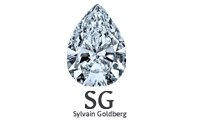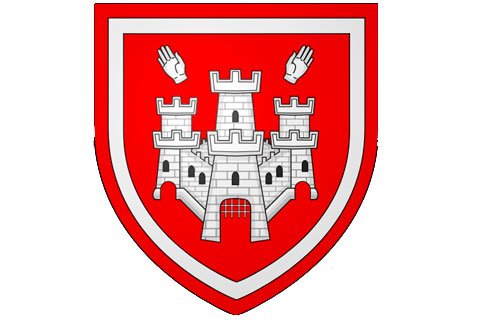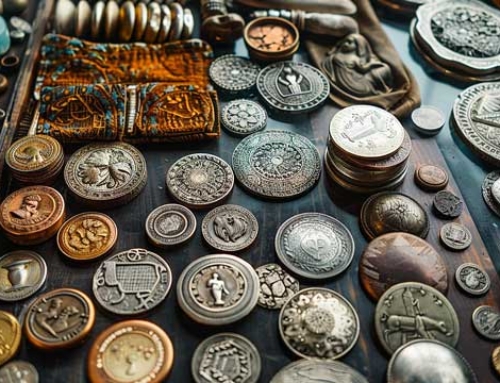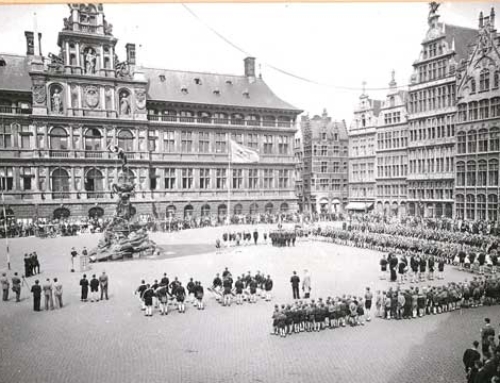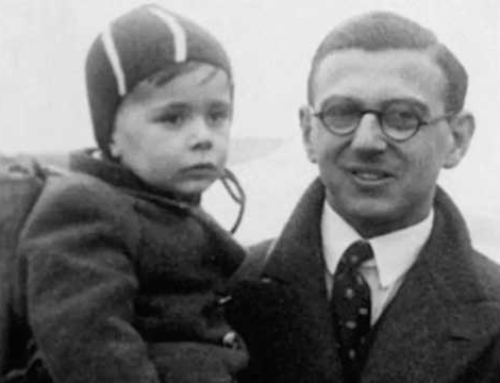From the end of the 15th century, the city of Antwerp took the diamond cutting industry over from Bruges. Antwerp had new commercial and communications facilities, making the city an ideal place for the diamond trade. In 1498, Vasco da Gama’s journey from Lisbon to India opened a brand new trade route linking Lisbon and Antwerp, making the Venice-Bruges route obsolete.
At the mid-sixteenth century, when it was a major European center, 40% of world trade passed through this city! Towards the end of the second half of the century, Antwerp would fight to preserve its place in the world of diamonds against Amsterdam at the moment when the northern part of Holland was trying to gain its independence. Nevertheless, the Diamonds Cutters Guild established in the town in October 1582, preserving intact the prestige of the city. However, among the wars of religion, Charles Quint was going to seize Flanders.
In 1585, the Duke of Farnese attacked the city, plundering the city under the orders of Philip II. This marked the decline of Antwerp and the stranglehold of the Spanish Inquisition created an era of religious intolerance. Antwerp fell and the Jewish and Protestant merchants of the city fled to Amsterdam and Frankfurt. However, the city did not lose its importance in the diamond trade and continued to receive diamonds from Lisbon. In 1631, there were only 51 diamond cutters in Frankfurt, while there were 164 in Antwerp.
Frankfurt was about to disappear from the panorama and Amsterdam would become an important city for the diamond trade since it allowed it’s inhabitants to enjoy civil and religious liberties. The trade was to be monopolized thus until the 18th century, forcing the diamond cutters in Antwerp to accept stones of lesser quality. The Peace of Munster between the Netherlands and Spain deprived the city of the supply of diamonds by closing the Scheldt river to all navigation.
The lifting of this restriction in 1863 and the discovery of diamonds in South Africa in 1866 led to the return of the city of Antwerp as a diamond center. As soon as diamonds were discovered in South Africa, an influx of rough stones arrived in Europe. The diamond professionals from Antwerp went back to work. The Industrial Revolution brought electric motors used to work the stones and the influx of raw stones made diamonds become economically accessible, increasing the demand of the middle class. Logically, the demand for diamond cutters increased accordingly. Antwerp’s first diamond exchange, the ‘Diamantclub van Antwerpen’, was established on October 8, 1893, and immediately thereafter purchased a building that served as a bargaining hall and offices at the heart of what would become the diamond district of Antwerp. Other diamond exchanges were created in the early 1900s.
While the diamond industry was dominated by the Jewish population of Antwerp, the Second World War was devastating for the industry. Many Jewish diamond dealers fled to the United States and England while those who could not escape were killed by the Nazis. The approximately 500 Jewish diamond cutters who reached London succeeded in bringing large quantities of diamonds, and the British government procured the registration and safeguarding of the gems. After the war, the stones were returned to Antwerp but of the some 27,000 pre-war diamond professionals, only 3,500 remained after the occupation. Fortunately, the industry quickly recovered 11,000 professionals from the sector by the end of 1945.
In 1947, the World Federation of Diamond Bourses was established and based in Antwerp to protect the interests of international trade since the diamond market, particularly in the United States through the De Beers campaign ‘A diamond is forever‘, was experiencing a significant growth. In the 1960s and 1970s, India became a diamond cutting center and many Indian diamond dealers began to buy rough stones in the city. There are 1200 diamond cutters to date in the city, but Antwerp is essentially a business center with the most advanced financial and commercial infrastructure in the world.
